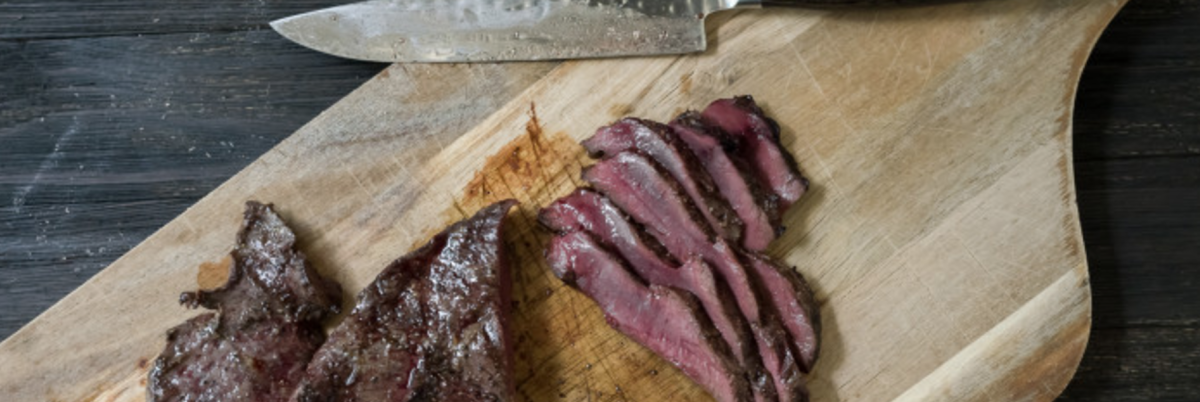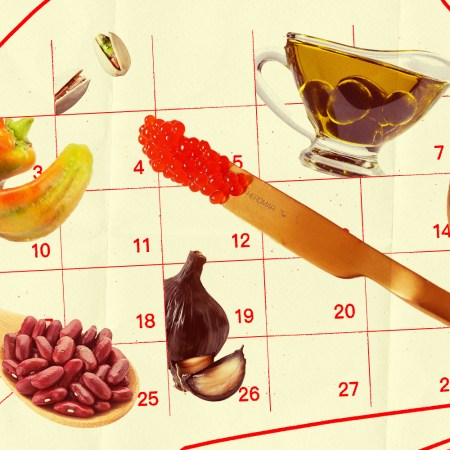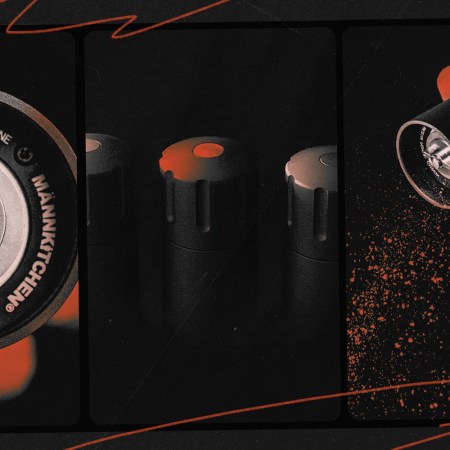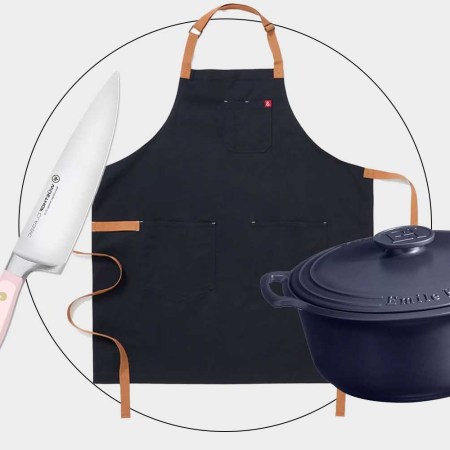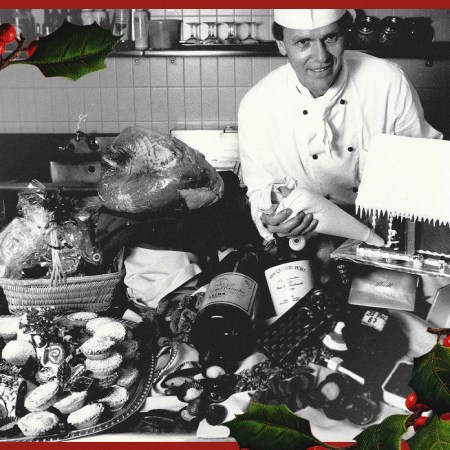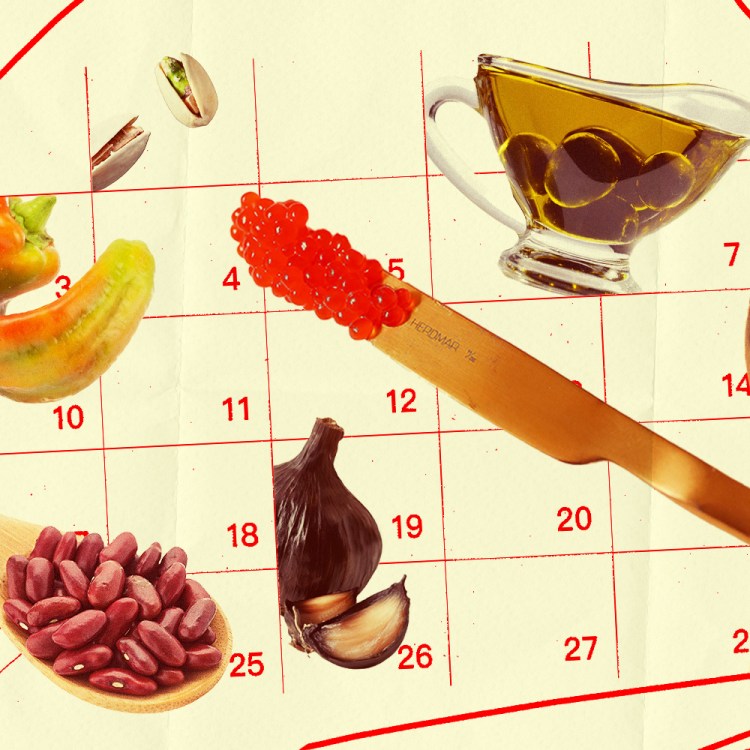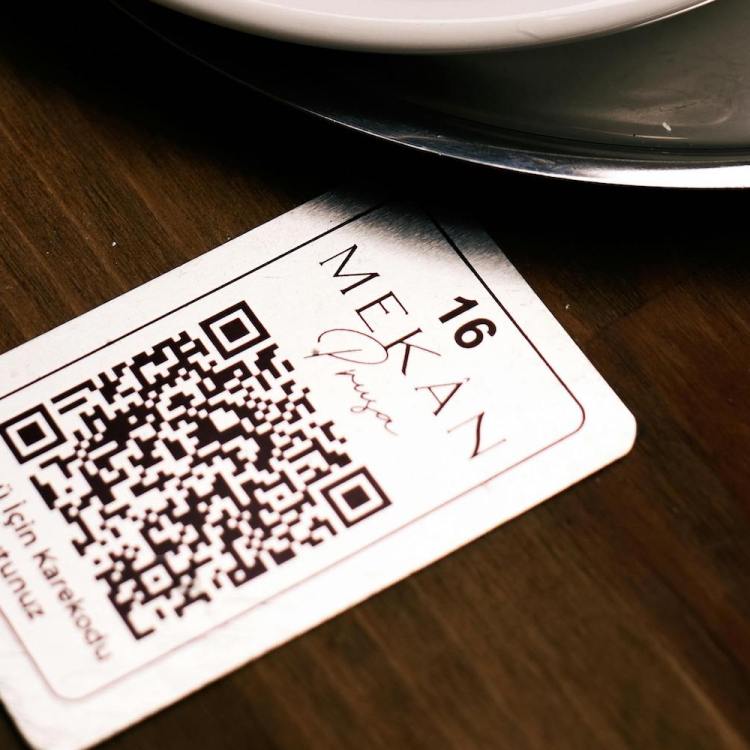Home, people will often say, is where the heart is.
At the home of hunter Steven Rinella, who hosts MeatEater on Netflix and just penned The MeatEater Fish and Game Cookbook: Recipes and Techniques for Every Hunter and Angler, that’s literally the case when he gets home with a fresh kill and cooks up the ticker.

“As a hunter, the best part about cooking hearts is that you’re getting the maximum yield from your kill,” Rinella told RealClearLife. “This is important to me, both from a pragmatic and spiritual perspective. The worst part is that you only get one heart per animal.”
If that line of thinking sounds odd, you obviously haven’t dined at the Rinella household.
“I’ve served a lot of people their first taste of heart, and they’re always surprised by two things: one, how good it is; and two, how much it tastes like meat,” Rinella told RCL. “I don’t know what they expect it to taste like, and perhaps they have no concrete expectations at all. But regardless, it’s always surprising. That’s what makes it fun.”
So, uh, what exactly does it taste like?
“Heart is its own thing,” Rinella said. “It’s meaty in flavor, but it ‘breaks’ a lot differently when you bite it. It’s nothing like liver as some people might think. Some people say ‘rubbery’ or ‘springy,’ which are accurate, but you have to imagine rubbery as being a positive descriptor rather than negative.”
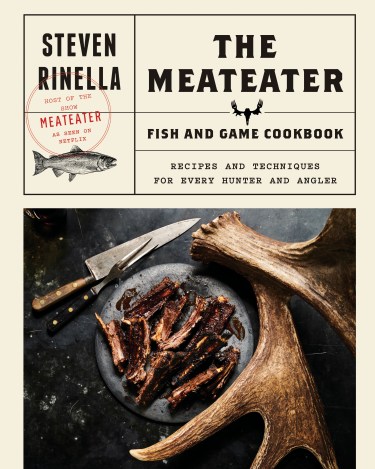
And, even if rubbery doesn’t sound like it could ever be good, there could be another benefit to eating heart or another food you might otherwise leave off of your plate.
“I don’t think that food should always be expected to taste good,” Rinella said. “Sometimes, there are valuable lessons in eating something that go beyond the actual flavor. You can explore history, culture, science, and art through eating. You can explore your prejudices through eating. Some of the best meals that I’ve enjoyed have tasted horrible. That’s fine, as long as a lesson comes out of it.”
Just in time Valentine’s Day, two heartwarming mouth-watering heart recipes are below courtesy of Rinella and MeatEater contributor Danielle Prewett. (For advice about how to clean a heart, head here.)
If you decide to make ’em, don’t forget to grab some red beforehand for pairing purposes.
“There’s something deeply symbolic about red wine, that being the color of blood,” Rinella said. “But go with any beverage that would match a similar preparation using red meat. You’ll be in good shape.”
Pickled Game Bird Gizzards and Hearts Recipe by Steven Rinella
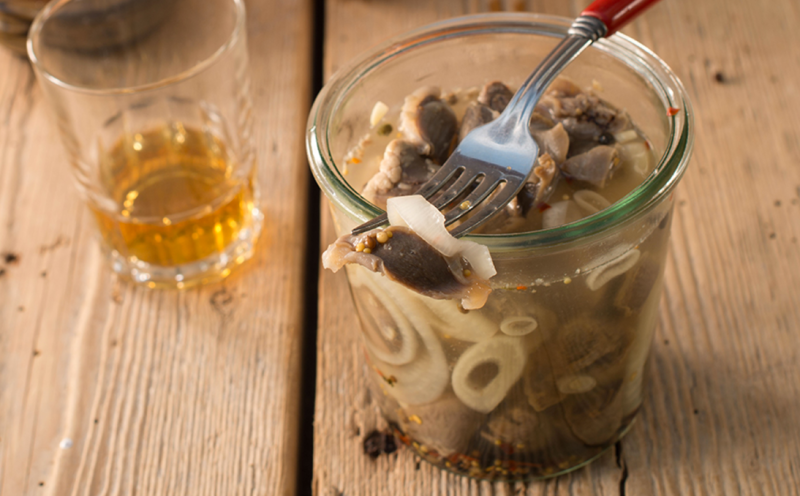
Ingredients
1 pound bird giblets (gizzards & hearts), cleaned, trimmed, and if necessary, cut into bite-sized pieces
Kosher salt
1 cup white vinegar
1/4 cup sugar
1 tablespoon multi-colored peppercorns (substitute black if needed)
1/2 teaspoon red pepper flakes
1 tablespoon pickling spice
3 cloves garlic, peeled and sliced
1 onion, peeled and sliced
Method
– Place the giblets in a 4-quart pot and cover with water.
– Add 2 teaspoons salt. Bring to a simmer and cook until tender.
– Drain the cooked giblets, rinse, and drain again.
– In another pot, combine 1/4 cup water with the vinegar, sugar, 1-1/2 tablespoons salt, peppercorns, red pepper flakes, pickling spice, and garlic cloves and bring to a boil.
– Layer the sliced onions and giblets in a 1-quart canning jar and top with boiling brine.
– Refrigerate the jar for a couple of weeks while the brine does its work, and then enjoy. For long-term storage, seal the lid according to a standardized, safe canning method. (I use the USDA guide; see below.)
– Chill the giblets in a fridge before serving, and use within a week of opening.
Note: For more information about canning, check out the USDA Guide to the Principles of Home Canning.
Venison Heart Crostini Recipe by Danielle Prewett
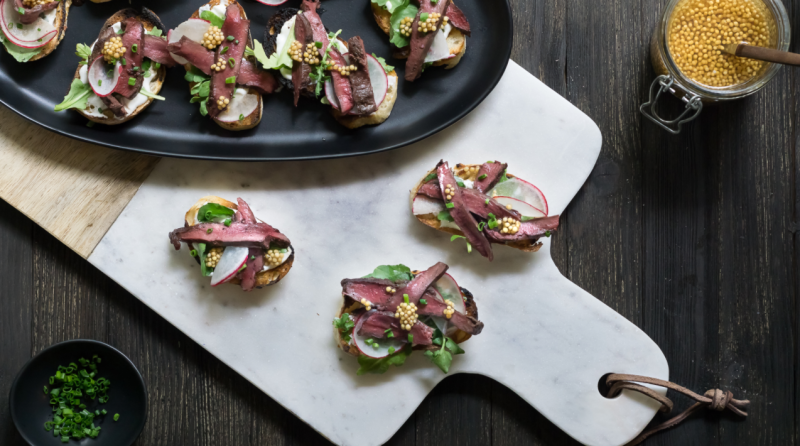
Ingredients
1 heart (deer, antelope, elk or moose)
1 baguette
Pickled mustard seeds (see recipe below)
Goat cheese, plain or honey & garlic flavored (see recipe below)
Arugula/watercress
1-2 radishes, thinly sliced on microplane
Chives, finely chopped
Salt & pepper
Oil for cooking
Honey & Garlic Goat Cheese:
4 oz plain goat cheese
3-4 tablespoons whole cream
1 teaspoon honey
1 small clove of garlic
Pickled Mustard Seeds
1/4 cup mustard seeds (yellow, brown or a mix)
2/3 cup white wine vinegar
1/3 cup water, plus extra for blanching
2 tablespoons sugar
Pinch of salt
Optional pinch of dried mustard or horseradish to taste
Method: Pickled Mustard Seeds
– It is best to prepare the pickled mustard seeds in advance. Add the mustard seeds to a small pot and fill with enough water to cover. Bring water to a boil, fluffing periodically with a fork to avoid seeds sticking to the pan, and remove it from the heat. Drain the water out by pouring the seeds into a mesh strainer and rinsing with cold water. Strain all the liquids out again and repeat this process a couple of times to release the bitter tannins from the seeds.
– Return the strained seeds back to the pot and add the vinegar, ⅓ C. water, sugar and pinch of salt. Bring to a gentle simmer for a few minutes. The seeds should have almost doubled in size and have a somewhat gelatinous texture. Remove from heat and let it cool. If you wish to add some spice now is the time to stir in a pinch of mustard powder or horseradish.
– Pour into an airtight jar and chill for at least 24 hours before serving.
Goat Cheese
– Place the goat cheese, 3 tablespoons of cream, and honey in a small food processor. Roughly chop the small clove of garlic and blend, pausing occasionally to wipe the sides down. Once smooth check the consistency and add 1 additional tablespoon of cream if necessary. Season with salt and pepper to taste.
Heart & Crostini
– Run cold water inside the heart, down inside the arteries and pump until it runs clean to remove and congealed blood. Trim the white fat first on the outside and cut off the tissue across the top to expose the inside. Slice down one side of an artery to Butterly it open exposing the inside. Trim off any “cobweb” looking tissue sticking to the meat. Cut the septum out or keep it attached, cleaning until you get 2 -3 big pieces of meat. Coat with a tablespoon of oil and season with a generous amount of salt and pepper.
– Make the crostini first by preheating an oven to 350 degrees. Slice the baguette into thin ¼” slices. Layer the sliced bread across a sheet pan brush each side with a little olive oil, salt, and pepper. Bake until crispy, approximately 10-15 minutes. Remove from oven and set aside. You can also try doing this on the grill at high consistent heat and rotating the bread slices around so the flames don’t burn them.
– If using a grill, preheat to the hottest setting. Sear each piece of deer heart on both sides for 2-3 minutes. One piece is thinner than the other and will need less time. Set aside to rest for 5-10 minutes.
– While the meat is resting, build the crostini by layering the bread with a swipe of goat cheese, shaved radish slices, and arugula. After the meat has rested thinly slice and layer on top of the crostinis. Garnish with the minced chives and spoon over pickled mustard seeds.
For even more recipes for exotic eats you can serve up 365 days a year, check out The MeatEater Fish and Game Cookbook: Recipes and Techniques for Every Hunter and Angler.
Every Thursday, our resident experts see to it that you’re up to date on the latest from the world of drinks. Trend reports, bottle reviews, cocktail recipes and more. Sign up for THE SPILL now.
